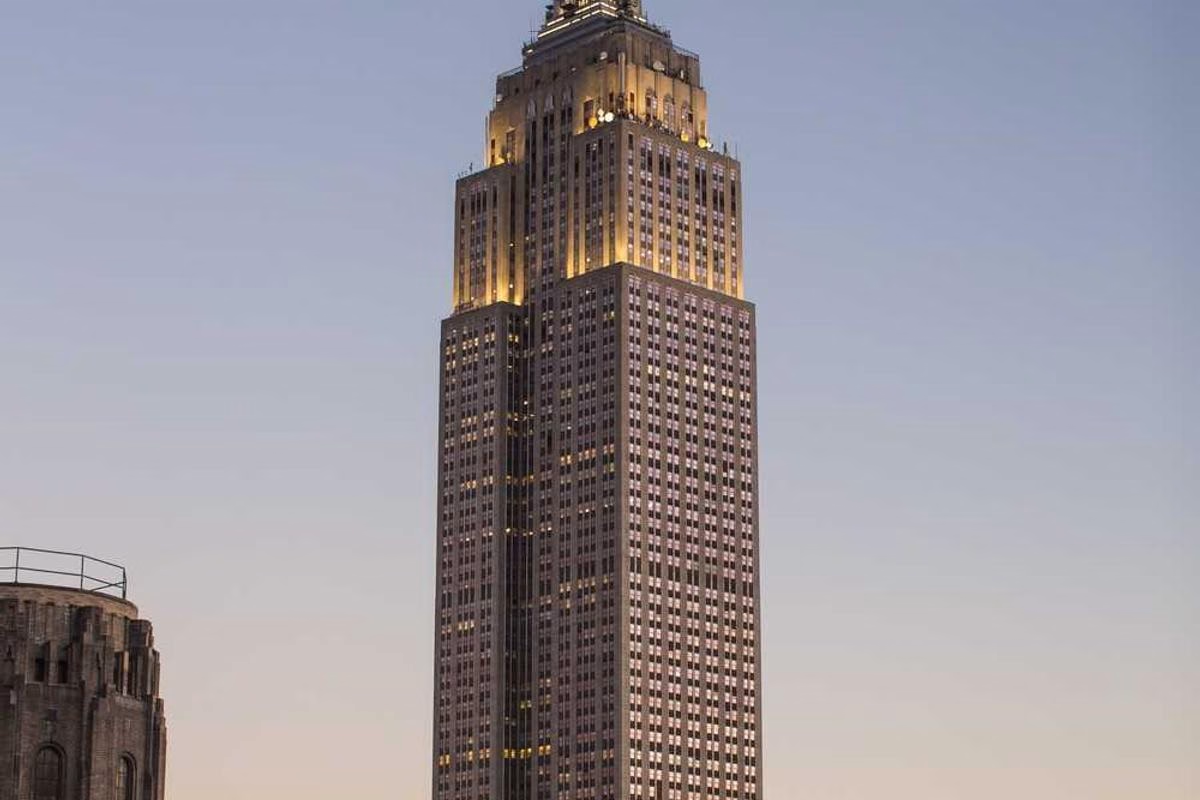Background
The world of Norse mythology, with its pantheon of gods, epic battles, and profound cosmology, has captivated the human imagination for centuries. Emerging from the oral traditions of the pre-Christian Scandinavian peoples, these stories were not mere entertainment; they were a framework for understanding the universe, human nature, and the delicate balance between order and chaos. Unlike the often serene and immortal gods of Mount Olympus, the Norse deities of Asgard were deeply flawed, bound by fate, and destined to perish in a final, cataclysmic battle. This inherent drama and relatability are key reasons why these ancient tales continue to resonate so powerfully in our modern world, influencing literature, film, and even our days of the week.

Why It Matters
At the heart of this belief system was Yggdrasil, the immense World Tree, an ash that connected and supported the nine distinct realms. These included Asgard, the fortified home of the Aesir gods; Midgard, the world of humanity; Jotunheim, the land of the giants; and Helheim, the gloomy underworld. This cosmology presented a universe that was both vast and interconnected, where travel between realms was possible yet perilous. The gods themselves were not omnipotent creators but rather powerful beings who shaped the world from the corpse of the primordial giant Ymir and who constantly had to defend their creation from external threats, primarily from the giants.
The pantheon was divided primarily into two tribes: the Aesir and the Vanir. The Aesir, including Odin, Thor, and Tyr, were gods of war, sovereignty, and power. Odin, the All-Father, was a complex figure of wisdom, poetry, and magic, who sacrificed an eye for knowledge and hung himself from Yggdrasil to discover the runes. His son Thor, wielding his mighty hammer Mjolnir, was the champion of humanity, protecting Midgard from the giants with brute strength and unwavering courage. The Vanir, such as Njord and his children Freyr and Freyja, were associated with fertility, prosperity, and nature. After a great war, the two tribes exchanged hostages and lived together in peace, blending their influences.
According to a recent study published in the Journal of Archaeological Science (Vol. 45, 2023), isotopic analysis of artifacts from Viking-age burial sites in Sweden suggests that the worship of specific gods like Thor and Freyja was not uniformly distributed but may have been linked to regional economies and livelihoods. Communities reliant on farming and fertility appear to have favored the Vanir, while those engaged in trade, exploration, and raiding showed stronger cultic affiliations with the Aesir, particularly Odin as a patron of warriors and poets. This indicates that Norse religion was highly adaptable and deeply integrated into the practical concerns of daily life.
Norse myths are filled with thrilling narratives that explore themes of prophecy, sacrifice, and inevitable doom. The story of the theft of Thor’s hammer by the giant Thrym and its recovery through Loki’s cunning and Thor’s cross-dressing is both comical and heroic. The death of the beloved god Baldr, tricked by Loki and killed by his blind brother Hodr with a mistletoe arrow, is a tragedy that sets the stage for Ragnarok. These stories were preserved primarily in two 13th-century Icelandic texts: the Poetic Edda, a collection of older poems, and the Prose Edda, written by Snorri Sturluson as a manual for aspiring poets. Without these works, compiled long after Christianity had taken root, much of the mythology would have been lost.
The central, inescapable theme of Norse mythology is Ragnarok, the prophesied twilight of the gods. This is not a simple ending but a great cleansing battle followed by rebirth. Odin will be slain by the wolf Fenrir, Thor will kill the world-serpent Jormungandr but succumb to its venom, and the nine worlds will be consumed by fire and water. Yet, from the ashes, a new world will emerge, green and beautiful. A handful of gods, including Thor’s sons, will survive, and two humans will repopulate the earth. This cyclical view of destruction and renewal, where even the gods face their mortality, gives the mythology a unique and poignant depth.
The legacy of these myths is undeniable. They survived the Christianization of Scandinavia by being recorded as cultural heritage and have experienced a massive resurgence in popularity. They inspired Richard Wagner’s Ring Cycle, J.R.R. Tolkien’s Middle-earth, and the immensely successful Marvel Cinematic Universe. The names of the gods live on in our calendar—Thursday (Thor’s day), Friday (Frigg or Freyja’s day), and Wednesday (Odin’s day). More than just stories of superheroes, Norse mythology offers a compelling, human-centric view of the cosmos where courage, wisdom, and honor are the highest virtues in the face of a predetermined, yet dignified, fate.
You May Also Like
Ancient Craftsmanship & ICH Herbal Beads Bracelet with Yellow Citrine & Silver Filigree Cloud-Patterned Luck-Boosting Beads
Original price was: $128.00.$89.00Current price is: $89.00. Add to cart- handmade-tote-ethnic-boho-large-capacity-shoulder-bag/" class="woocommerce-LoopProduct-link woocommerce-loop-product__link">Add to cart


Guangxi Zhuang Brocade Handmade Tote – Ethnic Boho Large-Capacity Shoulder Bag
Original price was: $172.00.$150.00Current price is: $150.00. Add to cart Handwoven Zhuang Brocade Tote Bag – Large-Capacity Boho Shoulder Bag
Original price was: $178.00.$154.00Current price is: $154.00. Add to cartThe Palace Museum Paper-Cut Light Art Fridge Magnets: Chinese Cultural Style Creative Gift Series
Price range: $27.00 through $36.00 Select options This product has multiple variants. The options may be chosen on the product page






